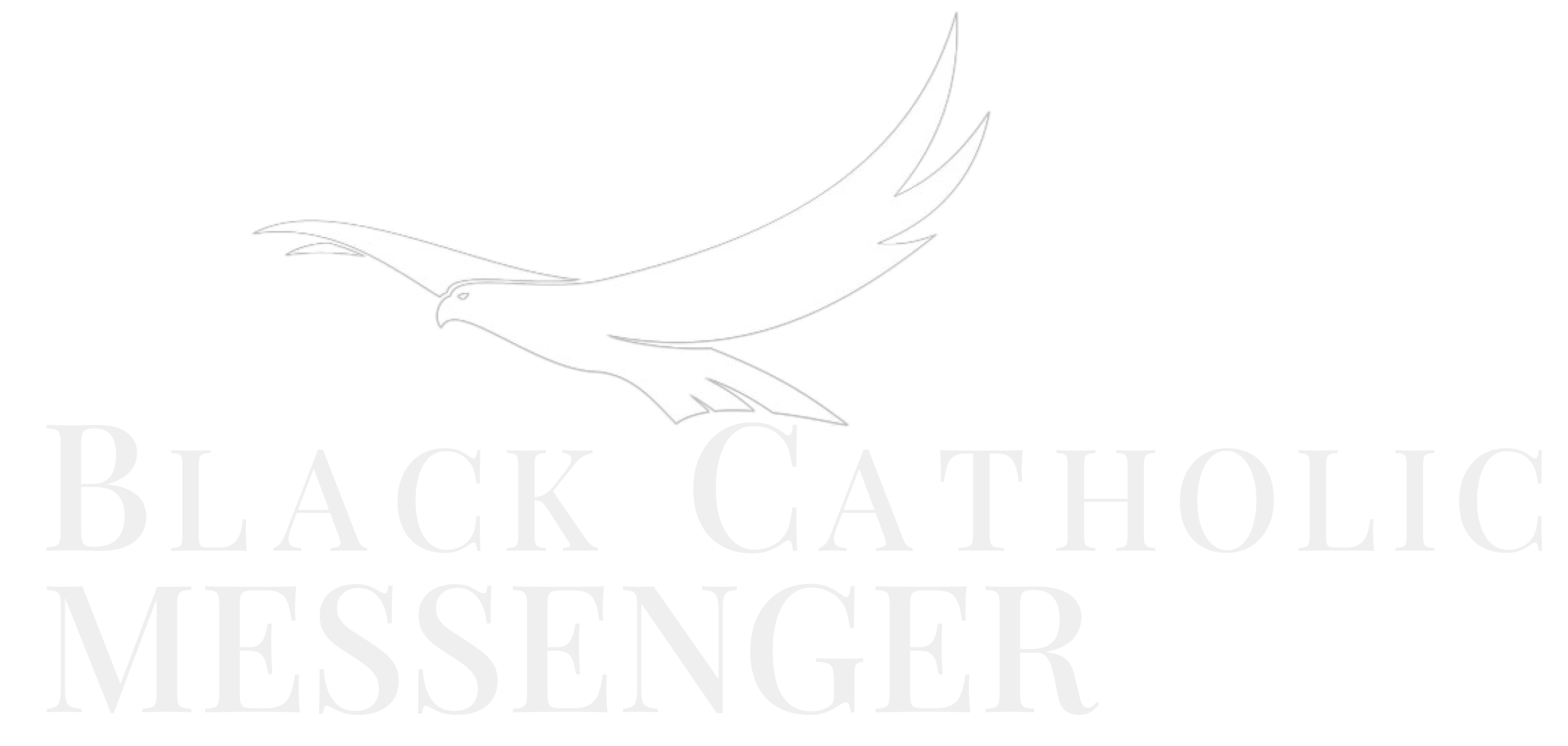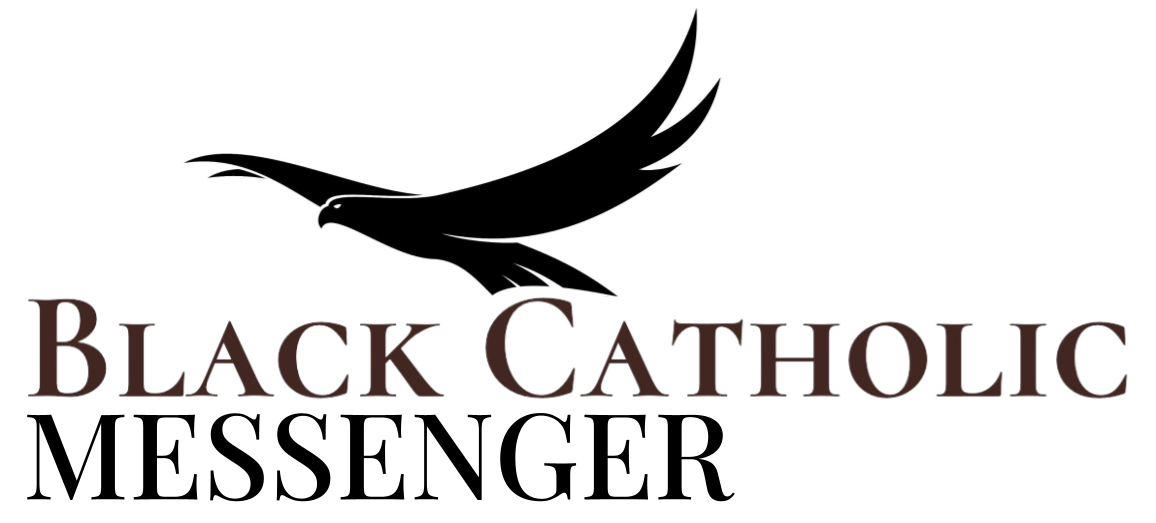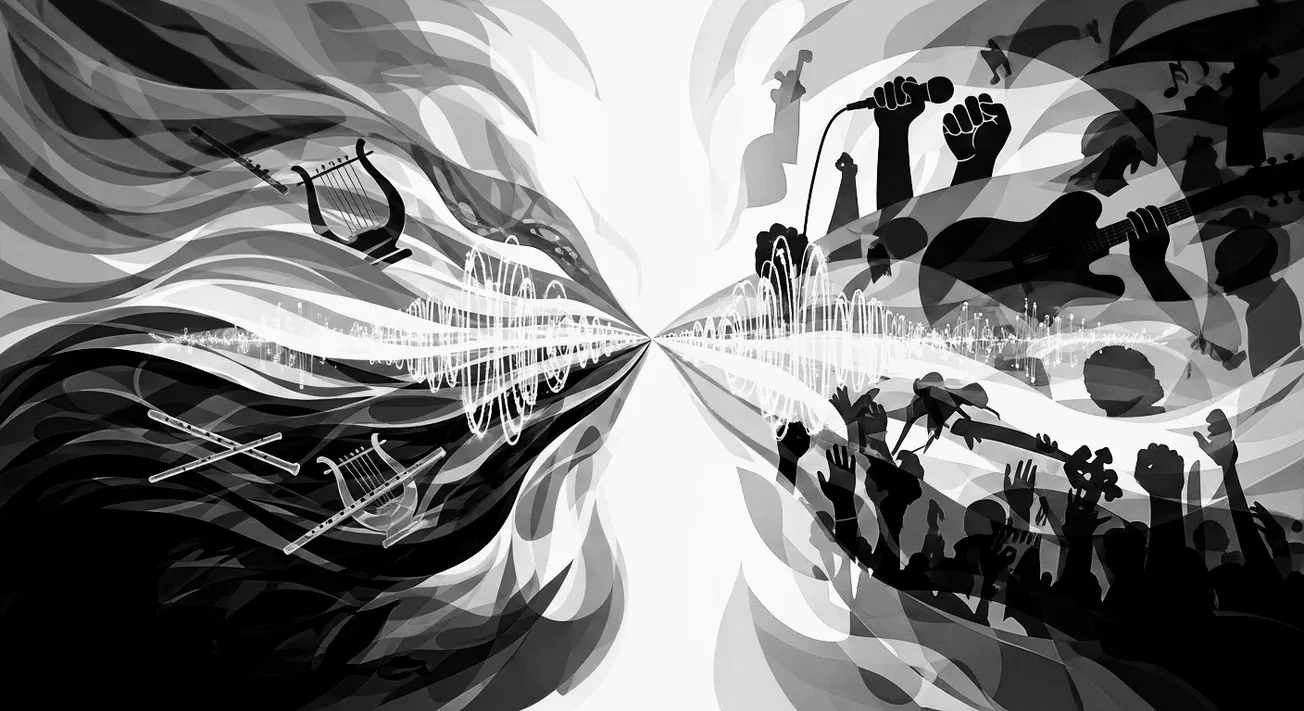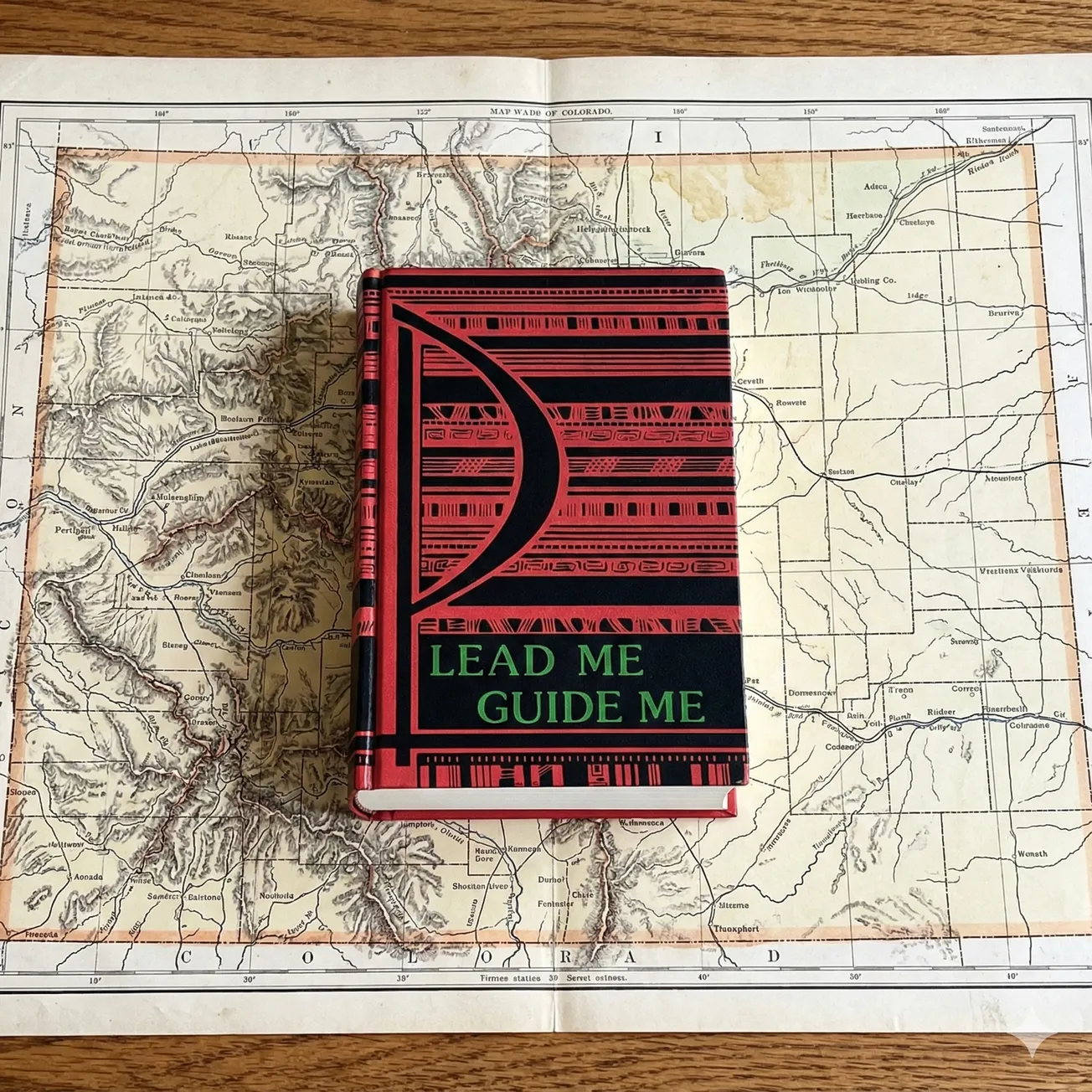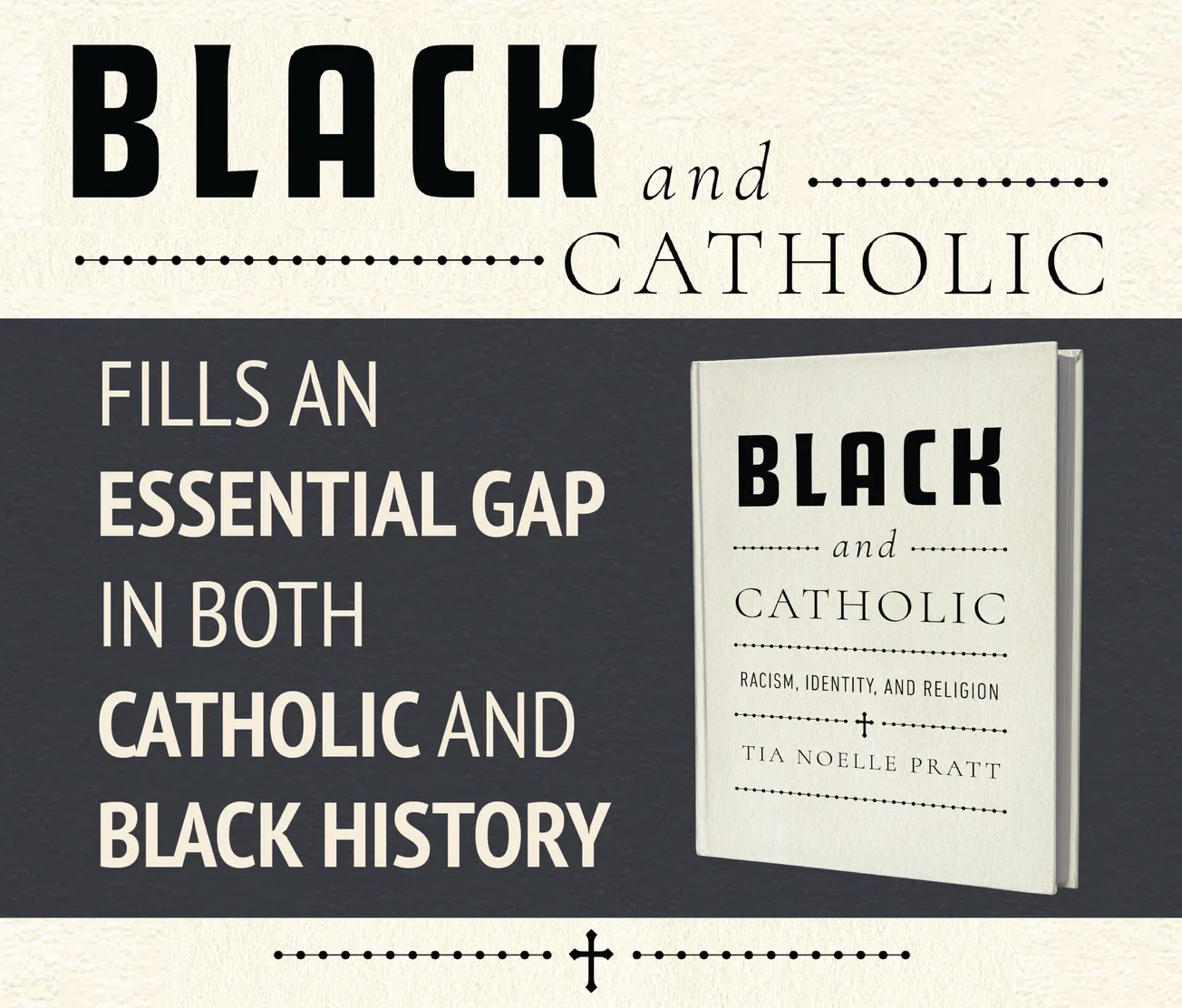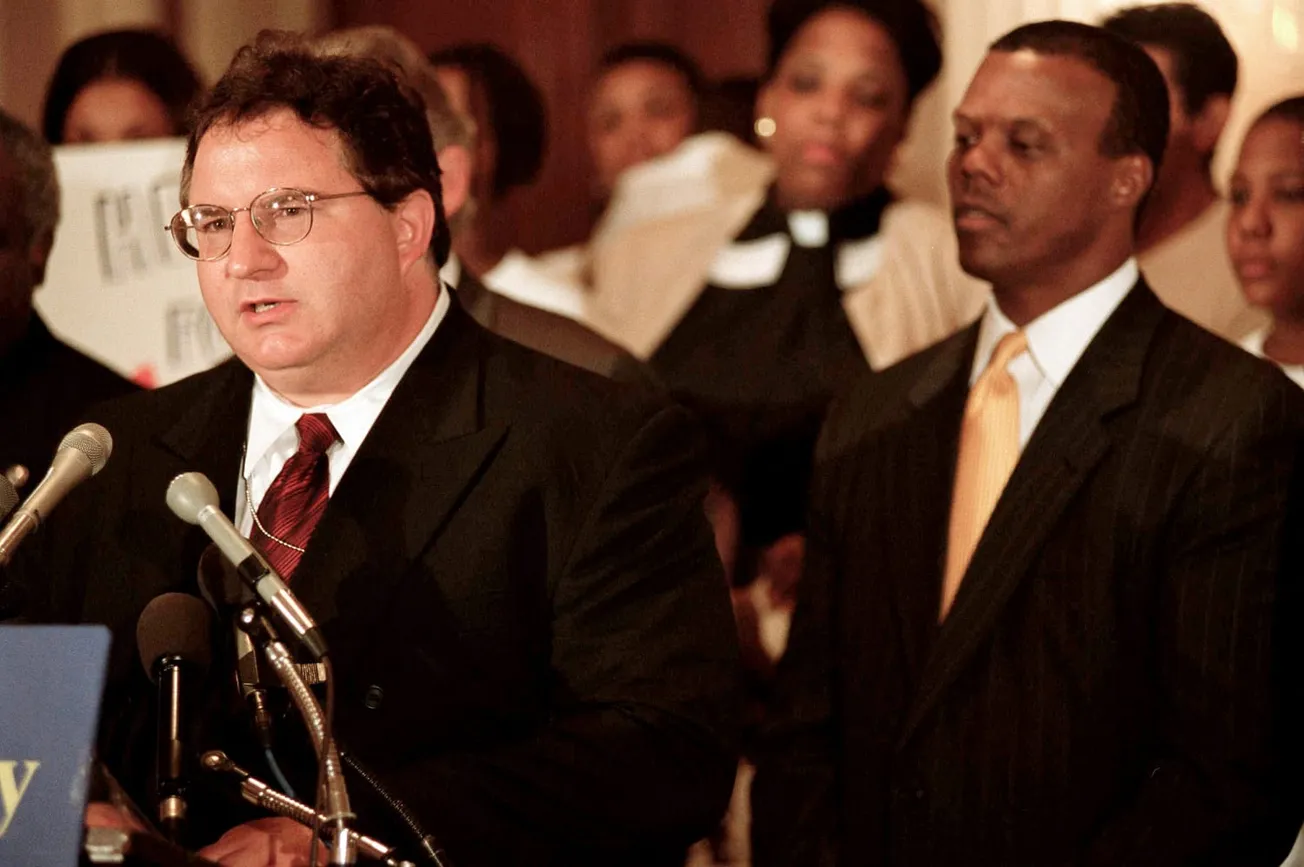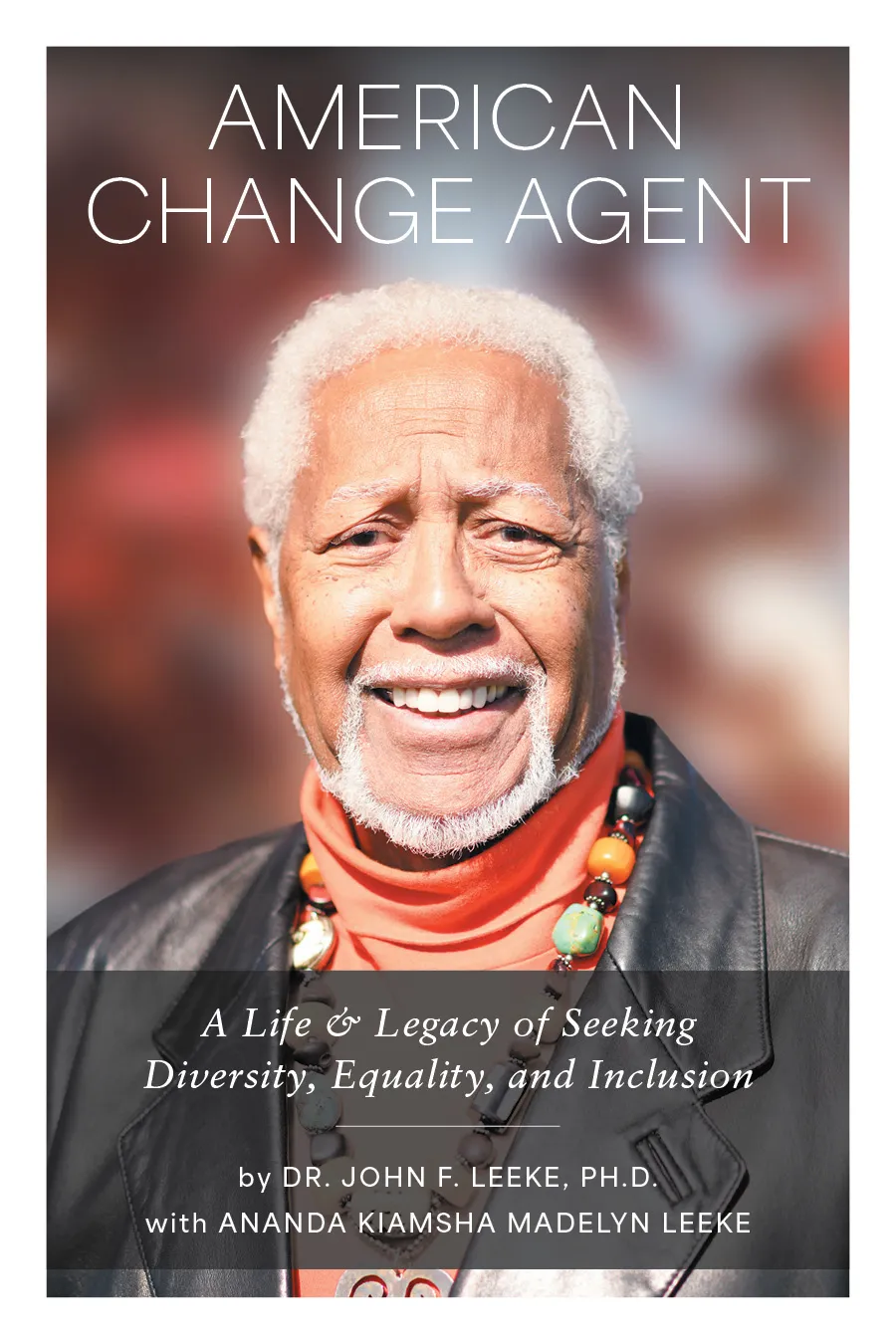In the Book of Exodus, ecstatic and fervent praise for God is found in the Israelites’ song of thanksgiving after the destruction of Pharaoh's army beneath the crashing waves of the Red Sea. The writer transmits this scene of joyous celebration to us with the following lines:
“Then the prophet Miriam, Aaron’s sister, took a tambourine in her hand. All the women, dancing with tambourines, followed her. Miriam sang to them: “Sing to the LORD. He has won a glorious victory. He has thrown horses and their riders into the sea.’”
Miriam’s expression of joy at her newfound freedom is powerful for its origination in the human heart. With her effusive tambourine playing and whirling chants of praise, she shows the rich connection between music, the human heart, and the drive for justice.
The rich imbrication of justice and music is a recurring theme in the Bible, and this phenomenon has proven quite instructive for justice movements in the Black American tradition. Indeed, W. E. B. DuBois wrote glowing lines of praise for the “Sorrow Songs” among the Negro spirituals, and Dr. Martin Luther King Jr. described his desire to be a “drum major for justice.” Moreover, figures like Sam Cooke, Little Richard, and Chuck Berry all played subtle (yet critical) roles in the Civil Rights Movement, as their musical brilliance led to huge throngs of young, integrated crowds eager to see their performances.
These spontaneous encounters often led to different racial groups dancing and drinking together, even as Jim Crow and racial resentment still brooded over these fleeting interactions. The gatherings were themselves remnants from the earlier era of Christian revivals, which had been integrated as far back as the 1850s. These interactions led to interracial exchanges of ideas and musical composition that influenced the communities from which icons like Elvis Presley and the country musician Hank Williams would one day emerge.
Through sound, music allows humans to touch one another intimately and deeply, eliciting tears, goosebumps, and the thumping of the heart. As a result, the sensation of music is similar to the experience of falling in love. For the Greeks, eros—the term used to describe the phenomenon of romantic love—represents the desire for one thing to come into unity with another. The desire for unity expressed by music is likewise provocative for its physical and emotional embrace of touch, the power of which remains an eternal truth embraced by cultures around the globe.
In Scripture, the parable of the Good Samaritan involved him reaching out to touch the battered body of the Judean. In expansionist America, the Sioux tribe of the Great Plains used to “count coup,” or touch their enemies with sticks to prove bravery without violence. Even today, I suspect that many readers can recall when they had such a feeling of connection—a cheek-pinch from a grandmother at a birthday party, an enthused high-five from a teammate during a game, or a handshake with a friend you did not yet know you would make. The outstretched hand was the beginning of your encounter.
Music is also an outstretched palm by which bonds of friendship can result. With it, creative and dynamic energies for universal fellowship begin within the human heart. Unlike other forms of art such as literature and portraiture, our consumption of music is literally embodied, and transports us into the sensations the musician details, whether patriotism, religious devotion, rage, anguish, or confusion.
This insight and participation with the heart of the stranger is powerful for its potential in aiding human fraternity, for as Pope Francis wrote in his final encyclical, “Dilexit Nos.”
“The heart is also the locus of sincerity, where deceit and disguise have no place. It usually indicates our true intentions, what we really think, believe and desire, the ‘secrets’ that we tell no one: in a word, the naked truth about ourselves. It is the part of us that is neither appearance or illusion, but is instead authentic, real, entirely ‘who we are.’”
If Pope Francis is correct that the human heart is who we truly are, unvarnished and absent any artificial barriers, the beauty of music resides in its ability to express and share emotions with our friends and neighbors that originate in the heart. Within music, text and tonality combine—metaphors are emphasized through wails, and rhymes become undulated by a heavy bass line. Expressions of emotional conviction are strengthened by the toolbox of the musician: melody, rhythm, and harmony, which partner with the brilliance of a well-written text, as well as metaphor, alliteration, anaphora, and simile.
Black Americans have contributed disproportionately to the songs and winds of freedom which have blown throughout the world, and this is a legacy in which all Americans should take pride. Even more important, however, is that through humanity’s participation in the gift of music and its encounter with the human heart, we embody St. John the Apostle’s affirmation: “God is love. Those who live in God’s love live in God, and God lives in them.” (1 John 4:16)
We live there through vulnerability and empathy for the other, and this is often achieved through music. Therein, we choose to make ourselves neighbors. In this time of increasing political divisiveness and deepening feelings of anguish, we are in desperate need of this neighborly love, which resides quietly yet resolutely in Miriam’s tambourine, ever ready to sing its cry of freedom.
Alexander Walton is an honors graduate of Morehouse College, where he earned a Bachelor of Arts degree in Philosophy. He is currently a Master of Arts candidate at Yale Divinity School and the Yale Institute of Sacred Music.
